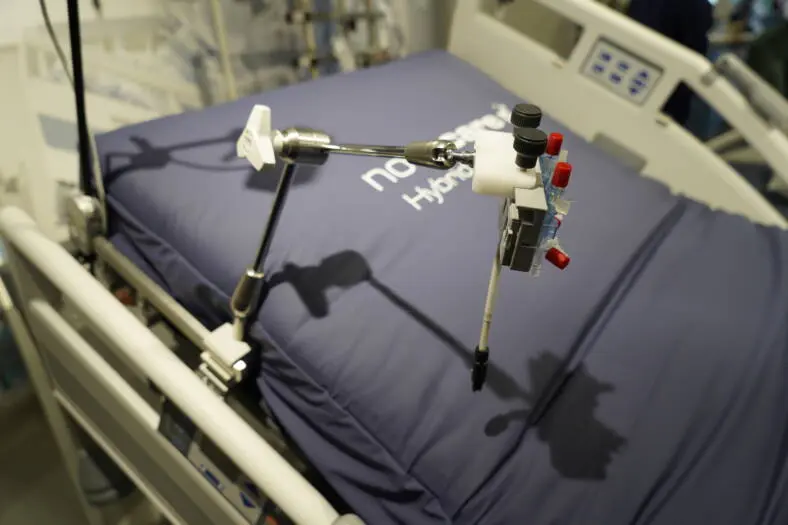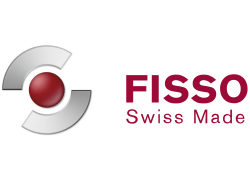
Overview of Patient Monitoring Systems
Patient monitoring systems are essential tools in healthcare settings, designed to track vital signs and health parameters continuously. These systems utilize advanced technologies to provide real-time data, ensuring timely intervention and enhanced patient care.
Key Features and Functions
- Continuous Monitoring: Patient monitoring systems continuously track vital signs such as heart rate, blood pressure, respiratory rate, and oxygen saturation. This real-time data allows healthcare providers to monitor patient status closely.
- Alarm Systems: Integrated alarm systems alert medical staff to deviations from normal parameters, facilitating immediate response to critical changes in patient condition.
- Data Integration: These systems integrate with electronic health records (EHRs) and hospital information systems (HIS), enabling seamless data sharing and comprehensive patient management.
Applications in Healthcare
- Intensive Care Units (ICUs): Vital for monitoring critically ill patients, ensuring early detection of complications and prompt intervention.
- General Wards: Enhance patient safety and recovery by providing continuous monitoring outside ICU settings.
- Surgical Settings: Assist in monitoring patients during and after surgical procedures, optimizing anesthesia management and post-operative care.
Benefits of Patient Monitoring Systems
- Enhanced Patient Safety: Real-time monitoring reduces the risk of adverse events by enabling early detection of deteriorating conditions.
- Improved Efficiency: Automates data collection and analysis, streamlining workflow and allowing healthcare providers to focus more on patient care.
- Patient Comfort: Non-invasive monitoring methods promote patient comfort and compliance during extended periods of observation.
Future Trends
Advancements in patient monitoring technology continue to evolve, incorporating artificial intelligence (AI) and predictive analytics for proactive patient management. These innovations aim to further improve outcomes and reduce healthcare costs.
Conclusion
Patient monitoring systems are indispensable in modern healthcare, offering continuous surveillance and early warning systems that enhance patient safety and improve clinical outcomes. As technology advances, patient monitoring systems will play an increasingly critical role in personalized medicine and proactive healthcare management.



